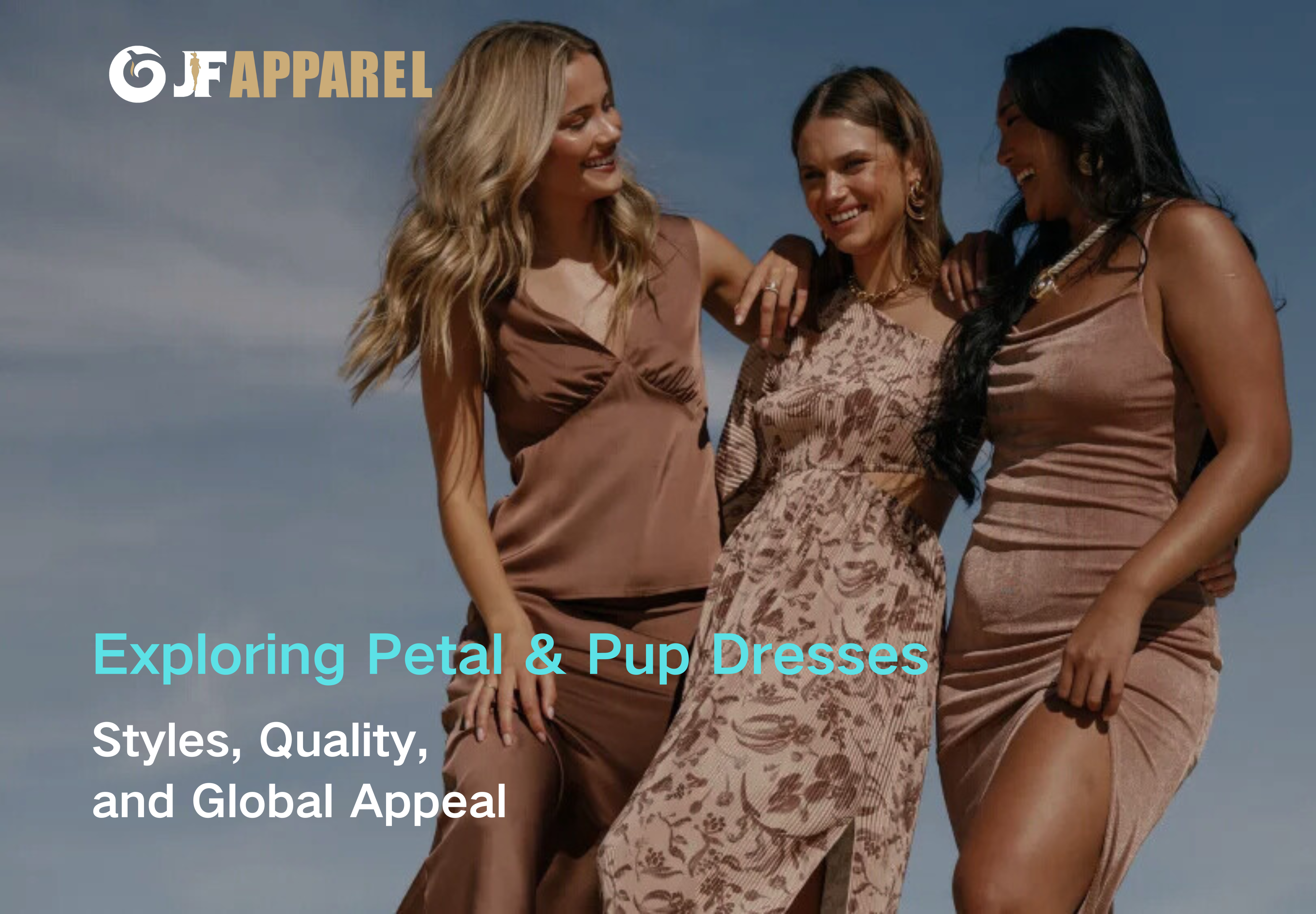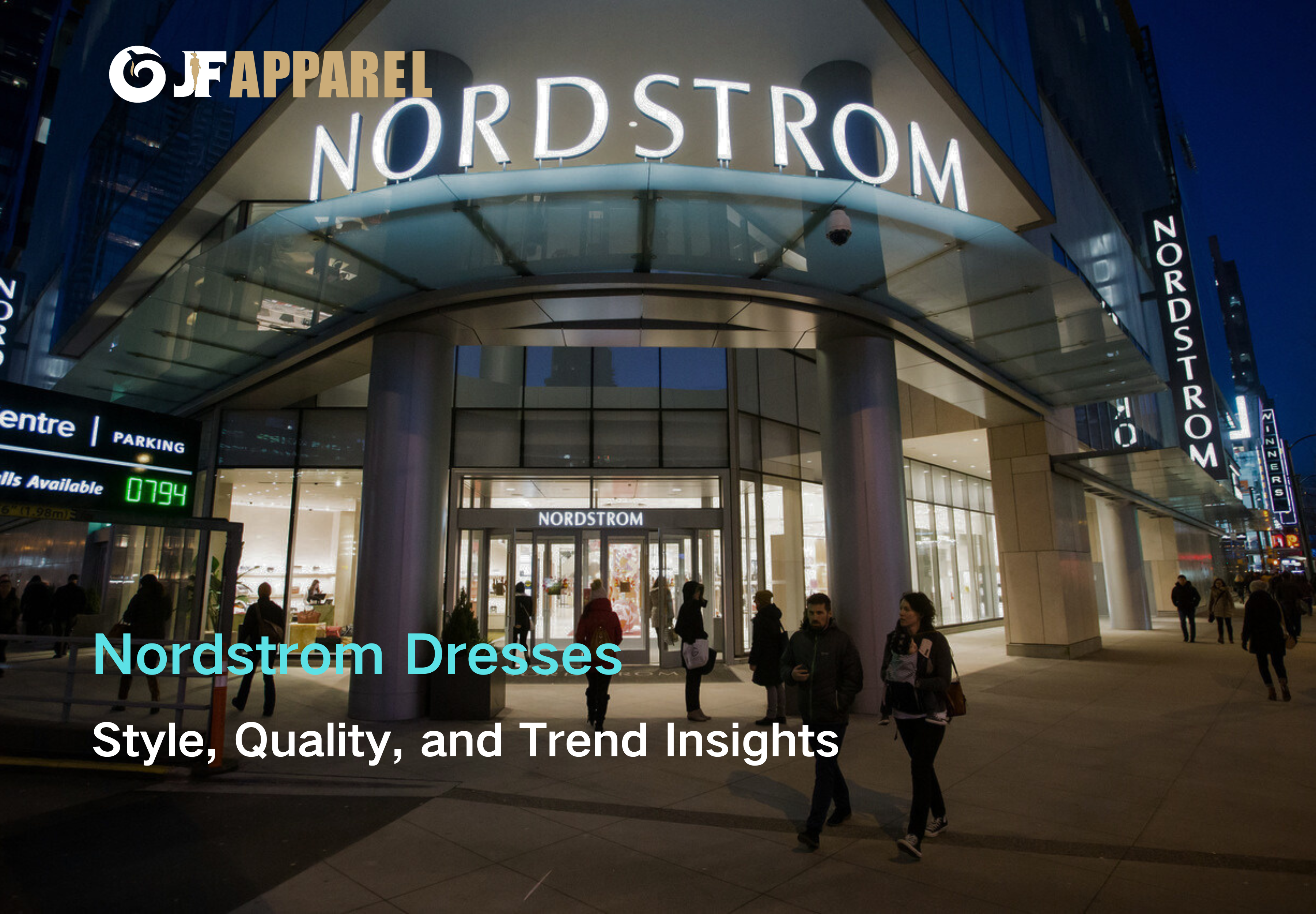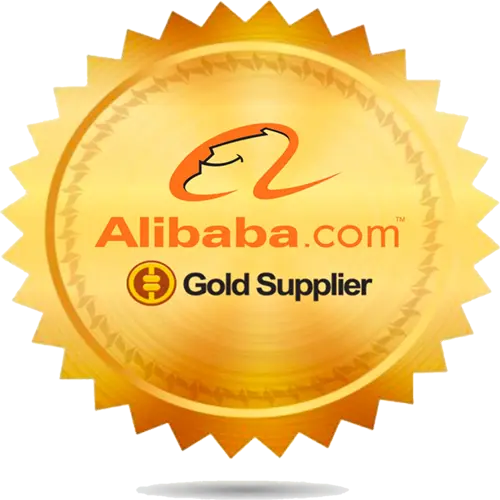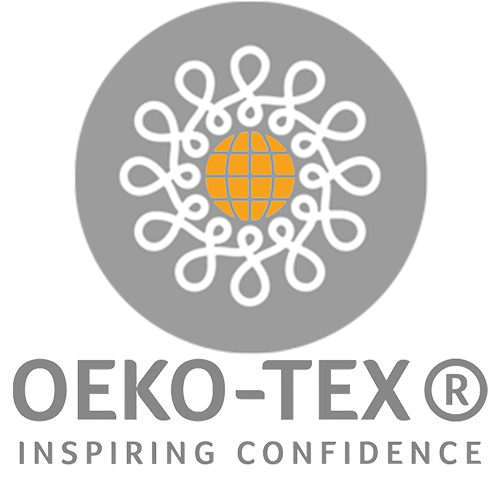Twill Fabric
Twill fabric is renowned for its distinctive twill weave technology and superior material quality, making it a standout choice in the fashion industry. Twill fabric is more than just a textile; it’s a canvas for designers’ creativity and a guarantee of comfort for consumers. Its unique texture and exceptional durability make it ideal for a variety of apparel applications, from classic jeans to elegant suits, rugged workwear to stylish jackets. Twill fabric is versatile and robust.
Key Features
- Superior Twill Weave Technology
- High-Density Fiber Structure
- Excellent Colorfastness
- Eco-Friendly Craftsmanship
- Good Drapability and Wrinkle Resistance
Special Techniques and Differences from Ordinary Fabrics
Distinctive Twill Weave: Twill fabric features a diagonal weave pattern that sets it apart from plain weave fabrics. This diagonal structure not only enhances the fabric’s durability and tear resistance but also provides a softer hand feel. Compared to ordinary fabrics, twill fabric offers superior visual appeal and tactile comfort.
High-Strength Fiber Treatment: During production, the fibers in twill fabric undergo special high-strength treatments, making it more durable than ordinary fabrics. This treatment enhances the overall strength of the fabric and extends its lifespan, making it suitable for garments that require frequent use and washing.
Wrinkle-Resistant and Anti-Wrinkle Treatment: Twill fabric is treated with advanced wrinkle-resistant and anti-wrinkle processes, significantly reducing the occurrence of creases. Unlike ordinary fabrics, twill fabric maintains a smooth and neat appearance even after daily wear and washing, minimizing the need for ironing and enhancing the wearer’s experience.
Eco-Friendly Dyeing Process: We utilize cutting-edge eco-friendly dyeing techniques to ensure that twill fabric minimizes chemical usage during the dyeing process, reducing environmental impact. This process also guarantees vibrant and long-lasting colors, making twill fabric superior in colorfastness and visual impact compared to ordinary dyed fabrics.
Specifications
- Composition: 100% cotton/blends (customizable as per requirement)
- Weight: 220-280 grams per square meter (gsm)
- Width: 150 centimeters
- Weave Technique: 3/1 twill, ensuring a perfect blend of strength and softness
Available clothing types
- Viscose twill shirt
- Cotton twill dress khaki
- Women’s twill jumpsuit coastal
- Women’s Twill Seam Mini Dress

Application scope
Twill fabric’s superior performance and versatility make it ideal for a wide range of high-end and everyday apparel:
Jeans: Offers excellent durability and comfort, classic and timeless.
Suits: The twill weave imparts an elegant sheen and texture, perfect for business attire.
Jackets: The high-density structure and wind-resistant properties make it ideal for outdoor activities.
Shirts: Soft and wrinkle-resistant, enhancing the wearing experience, suitable for both casual and formal occasions.
Work Pants: Extremely durable, suitable for high-stress work environments.
Sofa Covers and Curtains: Good drapability and high durability, enhancing home aesthetics.
Frequently Asked Questions
How does Twill fabric enhance a designer’s creative freedom?
- The unique twill weave and high-density fiber structure provide exceptional versatility and functionality. Designers can freely express creativity, whether aiming for classic denim styles or high-end business suits, twill fabric delivers impeccable results.
How does Twill fabric perform in extreme weather conditions?
- Twill fabric maintains its flexibility and structural integrity in temperatures ranging from -30°C to +70°C, without becoming brittle or degrading, suitable for various climate conditions.
How can Twill fabric maintain its premium appearance after prolonged use?
- Twill fabric undergoes special wrinkle-resistant and anti-wrinkle treatments, effectively resisting daily creases and wear. It ensures the fabric remains smooth and neat for a long time, reducing the need for frequent ironing. Its excellent colorfastness ensures vibrant colors even after multiple washes.
What are the eco-friendly attributes of Twill fabric?
- Our eco-friendly production process reduces chemical usage and utilizes sustainable cotton and eco-friendly blends, ensuring that Twill fabric is environmentally friendly. This not only meets modern environmental standards but also responds to consumers’ demand for sustainable development.
How does Twill fabric enhance garment comfort?
- Twill fabric’s soft texture and excellent breathability provide an exceptional wearing experience in any season. Its superior moisture-wicking capabilities ensure long-term comfort.
What special occasions or professions is Twill fabric suitable for?
- The high durability and versatility of Twill fabric make it suitable for various special occasions and professional wear. Whether for high-stress work environments or formal business settings, Twill fabric provides the necessary performance and aesthetic appeal.
How to view the complete FAQ
The Versatility of Twill Fabric
Twill is one of the original types of weave, alongside satin and plain weave. Twill fabrics are known for their distinctive diagonal patterns, referred to as a twill weave.
This diagonal weave pattern creates a sturdy, opaque fabric commonly used in modern clothing. Twill dates back thousands of years, making its exact origin difficult to pinpoint. However, the term “twill” is derived from the Old English word “twili,” which was adapted from the Latin word “bilix.” This historical context suggests a strong association with Britain.
If you’re familiar with denim, chino, and gabardine, you have an idea of what twill is like.

What Is Twill Fabric?
Twill fabric is characterized by multiple diagonal lines on its face, creating a diagonal rib pattern. The front side (wale) of twill fabrics is usually darker in color, while the wrong side is lighter. Twill also has a high thread count, making it thick, opaque, and durable.
This durability makes twill fabrics an excellent choice for making bottoms like pants and shorts.
Types of Twill Fabrics
Twill can be crafted into various types of fabrics, each serving different purposes and uses.
Denim Denim is one of the most popular types of twill fabric. It is a tightly woven twill that is dyed on the fabric’s front. Known for its durability, denim is commonly used for making jackets and jeans.
Chino Chino is a lighter type of twill fabric, usually made from cotton or a cotton-synthetic blend. Chinos come in various colors, from light brown to khaki to black. They are perfect for comfortable summer pants.
Herringbone Herringbone fabric is a derivative of twill fabric, featuring a zigzag pattern instead of the typical diagonal twill lines. Sometimes, the weft and warp threads are different colors, adding to its distinct look. Also known as broken twill or chevron, herringbone is mainly used for coats and jackets.
Gabardine Gabardine falls between denim and chino in terms of weight. It is both soft and durable, making it suitable for suits and outerwear. Gabardine is typically made from wool, cotton, silk, or blended fibers.
Cavalry Twill Standard twill fabrics have a single diagonal pattern, while cavalry twill features a double diagonal pattern visible on the fabric’s front. This sturdy fabric is often used for making cavalry twill pants.










